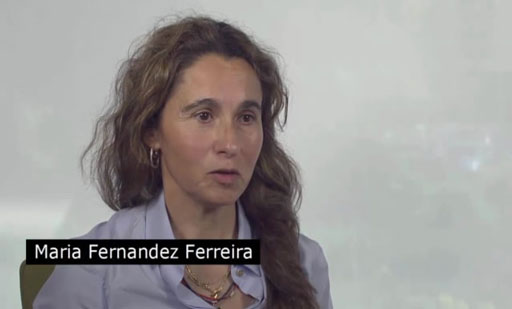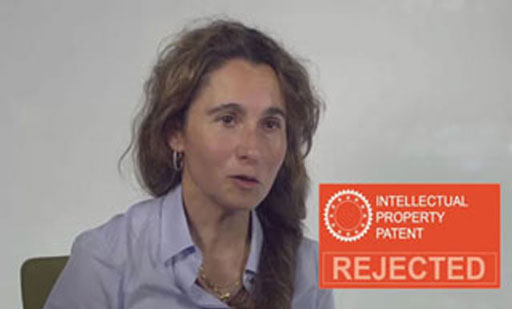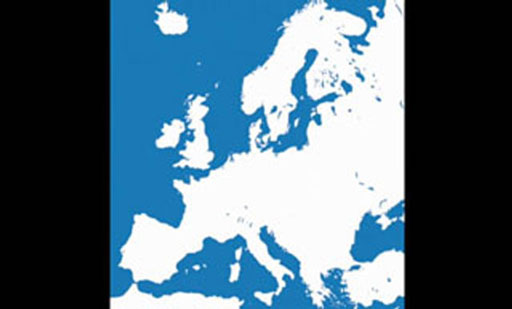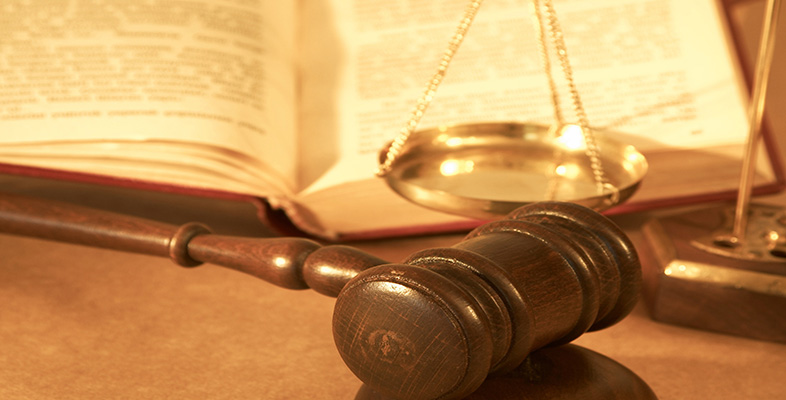3.3 Patents and software in the EU
The following videos present excerpts from an interview with Dr Maria Fernández-Ferreira, a patent examiner at the European Patent Office, in which she discusses different aspects of patents and their applicability to software inventions. Video 1 explains what a patent is and how patents are relevant to software engineers.

Transcript: Video 1 Patents and their relevance to software engineers
For another excellent discussion of patents see Thomas Gordon and Arthur Cookfair’s Patent Fundamentals for Scientists and Engineers (2000). A lot of this advice is relevant to software engineers – except that the book predates recent developments that make software patentable.
To be patentable an invention must be novel. Previously existing inventions are known as ‘prior art’ and would have been disclosed and made public, perhaps by means of publication or embodiment in a product or earlier patent. If novel, the invention must not be obvious ‘to one of ordinary skill in the art’, and though it may resemble some pre-existing invention it must contain non-obvious new features. Furthermore, the invention must be both useful and operable.
Patent laws usually circumscribe what can be patented. Historically this has constituted inventions and discoveries, human-made products, compositions of matter, and processing methods. To this have been added designs (in the sense of ornamental appearance) and, more recently, plants, following developments in genetic engineering. Software was initially explicitly excluded, as were methods of doing business, and ‘mere printed matter’. However, following initiatives in the US and then in Europe, software is now becoming patentable. In the next interview excerpt, Video 2, Dr Fernández-Ferreira explains how software can be patented and how requirements differ across the world.

Transcript: Video 2 Patenting software
Gaining copyright requires no particular action by an author or creator – the very act of creation is sufficient, though it is advisable to include a copyright statement (as is commonly seen at the front of books). In contrast, acquiring a patent can be a lengthy and expensive procedure. However, immediate protection can be obtained by filing a provisional patent application. An alternative to filing a patent, if the cost makes the investment unacceptable, is disclosing it; this stops others patenting the same idea. It has become standard practice in many major industrial companies to have a ‘technical disclosure’ publication specifically for this purpose.
A patent is applied for by the inventor at the national patent office, following procedures and regulations laid down by national or international law. The invention needs to be specified in sufficient detail – including any appropriate drawings – that anyone in the technological area would be able to build the invention. One means of actually constructing the invention also needs to be provided. The invention’s actual novelty needs to be claimed explicitly, and this is what will be examined during the registration process. Thus, in order to establish a patent, an extensive search must be made of prior art in order to establish novelty. In the final excerpt, Video 3, Dr Fernández-Ferreira describes how the patents process works in the European Union.

Transcript: Video 3 The patents process in the European Union
If the application is successful a patent will be granted to the owner for a period of 20 years from date of filing. During this period the patent holder has the exclusive right to exploit the patent commercially – to make, use or sell the invention. For an overview of the patent process see the European Patent Office website [Tip: hold Ctrl and click a link to open it in a new tab. (Hide tip)] .
Software patents slowly became established as court rulings attempted to decide on what was and was not patentable.
